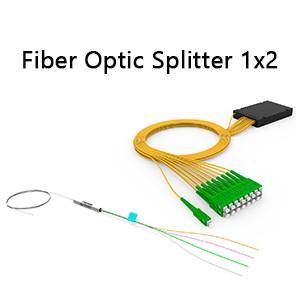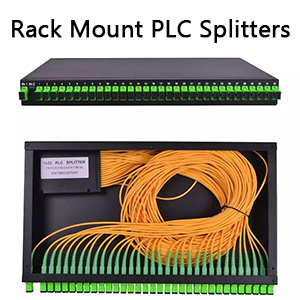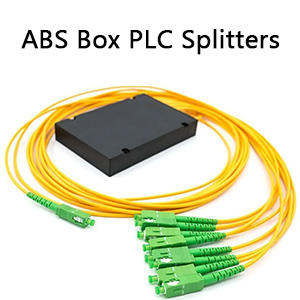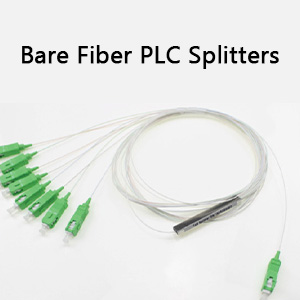Dense Wavelength Division Multiplexing (DWDM) is an extension of optical network technology. DWDM devices, namely multiplexers (Mux), are able to combine signals from multiple optical transmitters and transmit them through a single optical fiber. At the receiving end, another DWDM device, namely a demultiplexer (DeMux), separates the combined optical signal and passes each channel to the optical receiver. Only one fiber is used between DWDM devices (for each transmission direction). Unlike the traditional method of requiring one fiber for each pair of transmitters and receivers, DWDM technology allows multiple optical channels to share one fiber. FiberLife DWDM Mux/Demux provides low insertion loss (typically 3.5dB) and high reliability. The upgraded structure makes these DWDM multiplexers and demultiplexers easier to install.
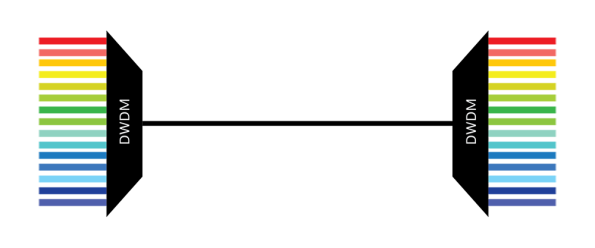
A key advantage of DWDM is that it is independent of protocols and bit rates. DWDM-based networks can transmit data of different protocols such as IP, ATM, SONET, SDH and Ethernet. Therefore, DWDM-based networks are able to simultaneously transmit different types and speeds of traffic on one optical channel. Voice transmission, email, video and multimedia data are just some of the types of services that can be transmitted simultaneously in a DWDM system. The channel wavelengths of a DWDM system are spaced 0.4 nanometers apart.
DWDM is a form of frequency division multiplexing (FDM). A fundamental property of light is that light waves of different wavelengths can coexist independently in a medium. Lasers are able to produce light pulses with very precise wavelengths. Each different wavelength of light can represent a different information channel. By combining light pulses of different wavelengths, multiple channels can be transmitted simultaneously on a single optical fiber. Fiber optic systems use light signals in the infrared band (1 mm to 400 nanometer wavelengths). Light frequencies within the optical frequency range are often identified by their wavelengths, although frequency (the distance between wavelengths) provides a more specific identification.

